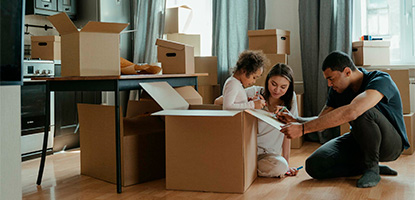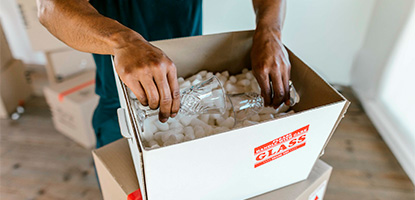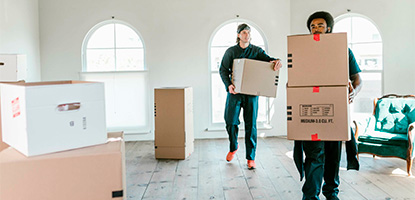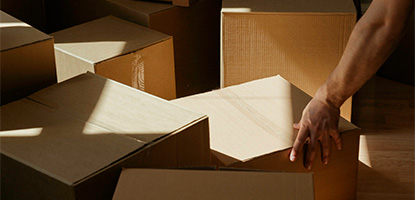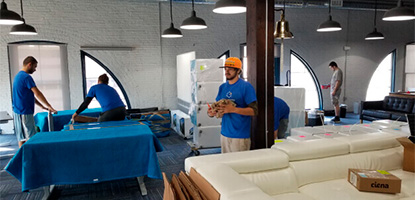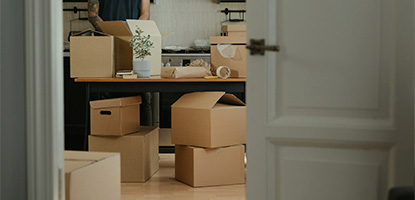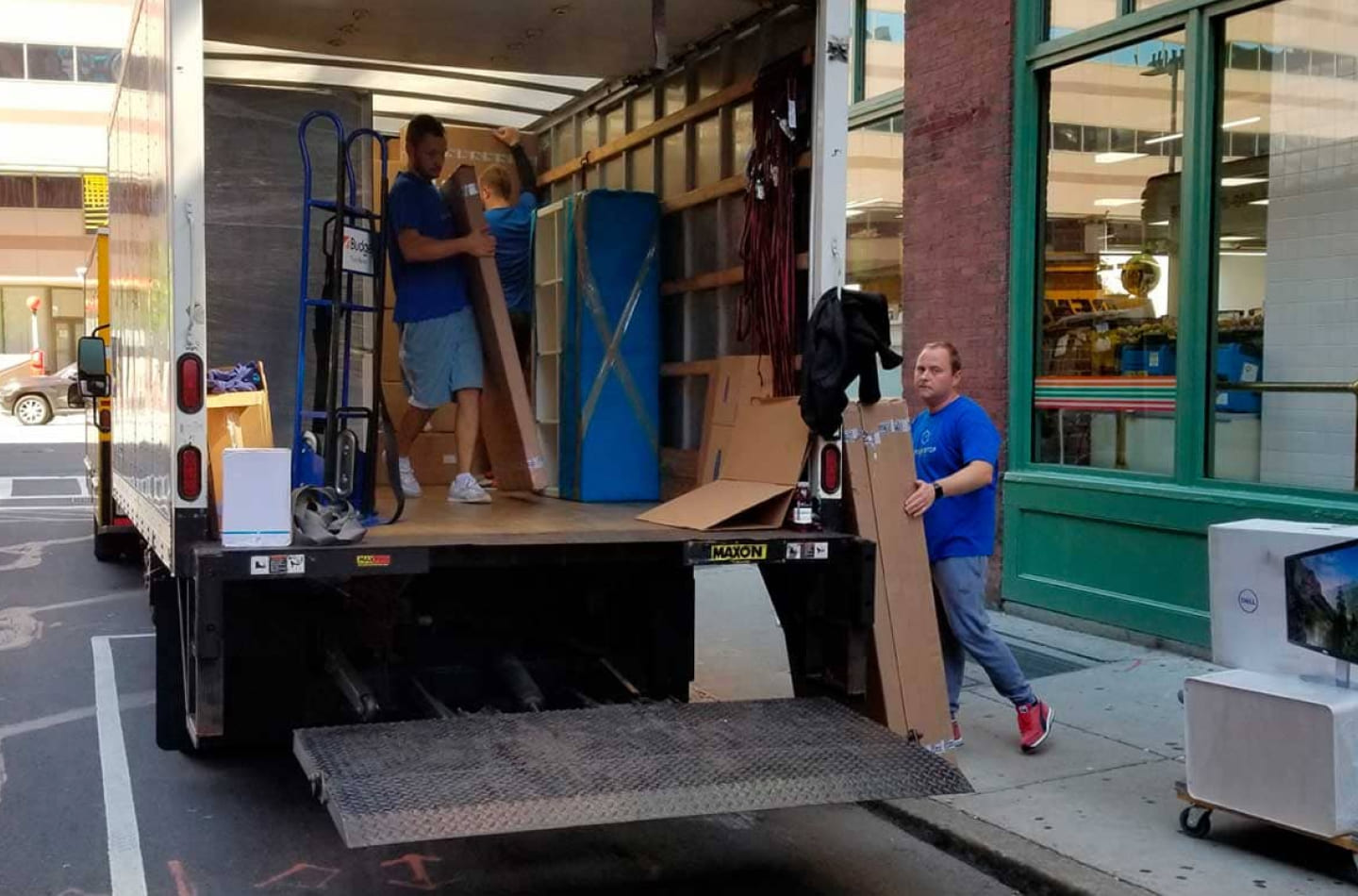A modern person, once faced with a change of residence and transportation of property, begins to understand why moving is equated to two fires! Loss of things, chips on your favorite dishes, torn sofa upholstery, a broken table – dangers and troubles lie in wait at every step. The event can go smoothly, without force majeure, the main thing is to understand how to transport furniture and things with integrity and safety?
Transportation of bulky property has some peculiarities. Such furniture protect must be carefully prepared for transportation, otherwise, they will occupy the entire free area of the car body.
PRELIMINARY WORK CONSISTS OF A NUMBER OF STAGES.
- Disposal of old furniture. Moving is the best time to get rid of excess luggage. In the apartment, there will definitely be items that it is high time to send to the country house or give to relatives. Do not call the local moving company before you get rid of the things.
- Emptying wardrobes. Transporting a heavy headset with contents is irrational. Clothes, appliances, dishes, and linen should join the company in the boxes in advance – this will greatly facilitate the transfer of property.
- Disassembly of oversized furniture. Large interior items often do not fit in a car body, or in an elevator, and do not fit into doorways, or stairwells. Therefore, fittings must be removed from the furniture, and shelves and drawers are removed. If necessary, the products are disassembled into parts or bundles of acceptable size.
SPECIAL PACKING MATERIALS FOR YOUR FURNITURE
Having disassembled the furniture into separate parts or blocks, you will face the need for their packaging before furniture moving. Many people neglect this “procedure” – but in vain. Damage to upholstery scratches on lacquered surfaces, chips on glass, and mirrors – this is just a small fraction of what happens to interior items during loading and unloading. How to properly transport furniture while maintaining the original appearance of the products?
There are a number of rules for packing property:
- Upholstered furniture is covered with polyethylene. Cellophane film protects the upholstery from moisture, atmospheric precipitation, and possible contamination.
- Overall details of interior items are wrapped with stretch film. The material will protect surfaces from scratches that occur during transportation.
- Small structural details of cabinets are packed in cardboard boxes, and fittings, bolts, and decorative components are also placed inside.
- It is desirable to protect glass or mirror elements with a layer of foam rubber, in extreme cases – with an air bubble film. The material will soften the impact during transportation and ensure the safety of parts. Fragile items are most often damaged by improper packaging.
- When transporting small pedestals, and hanging shelves, the moving parts will have to be secured with adhesive tape to avoid breakage. Doors and drawers tend to open at the most inopportune moment – this situation should not be allowed.
Use bubble wrapping furniture for moving fragile items
Proper packing of furniture plays an important role in the safety of transportation. It is necessary to take a responsible approach to this issue in order to avoid bumps, chips, abrasions, and other damage. For different types of furniture, a moving company will use special packaging methods:
- for glass objects and mirrors, an air film with bubbles is suitable;
- foam rubber and polyethylene packages are suitable for protecting polished furniture;
- it is better to wrap the corners of the furniture with cardboard fixed with adhesive tape to avoid chips;
- to protect the upholstery of upholstered furniture, it should be wrapped with polyethylene;
- small items should be packed in cartons.
Place your heaviest stuff on top of lighter items
When you’re moving your furniture, it’s best to try and keep your heaviest items on top of your lighter ones. This will help to protect furniture moving from damage and keep them from falling over. Ask the moving company to use smaller items or boxes to help prop up your heavier items. For example, you can stack small boxes or containers on top of your heavier items so that they aren’t sitting on the bottom of the box or container. This can help to protect your heavier items from damage, as well as keep them from falling over and making the rest of your move take longer.
Secure your furniture with straps and ties
How to protect wood furniture when moving with fixing? There are a few ways you can secure your items when moving. You can use straps, cord ties, or rope. Whatever you choose, make sure it will be protecting furniture from damage while the movers’ company is packing things. If you’re moving far distances, it can also be a good idea to use more than one type of tie or strap. This can help to make sure that your items stay secure while also keeping them from getting damaged while they are being transported. It’s also a good idea to place some heavy items on top of the items being transported so that the items aren’t damaged from falling when they move.
Store it all securely in the truck and at the new location
Once you have your items safely packed in boxes or bins by the movers’ company, you’ll want to make sure that you have them secured and tightly packed in the truck. You may also want to take the time to do this before you begin packing up your items. This will help to make sure that everything is properly placed and that it won’t move around while the process of packing it up. How to protect wood furniture when moving? Once you have your items packed by the movers, you’ll want to make sure that you put them somewhere secure. This should be a dry, arid, and preferably waterless location. This can help furniture protect from damage, as well as prevent them from getting wet during the rain or other moisture-related events.
Don’t forget to secure any loose items in the truck as well!
Please note that all free space in the cargo compartment of the vehicle must be filled. In empty places, you can place bags with things. The bed should be placed vertically along the side. Furniture moving needs to be secured with straps. Light items can be placed over large furniture to fill the free space.
Basic recommendations for the transportation of cabinet furniture
- furniture should be completely disassembled;
- accessories are packed separately;
- parts of one item should be placed in each package to avoid confusion during assembly;
- packaging and parts should be marked;
- glass parts are placed in separate packages;
- if the transportation distance is less than 100 miles, then a film or adhesive tape can be used for packaging;
- if cabinet furniture is transported over a distance of more than 100 miles, then corrugated cardboard should be used.
